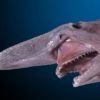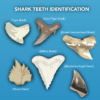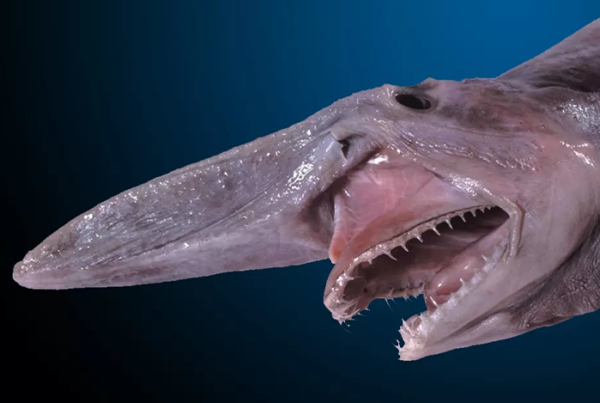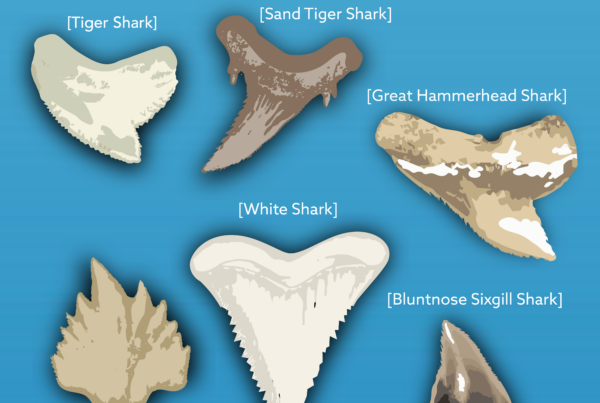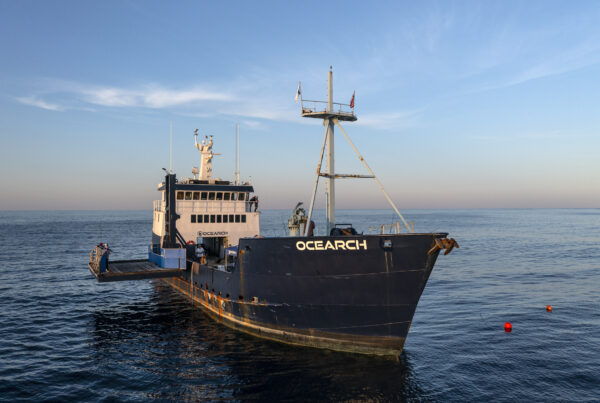Bringing the Ocean to the Classroom: A Conversation with a Teacher and OCEARCH Education Ambassador
We had the pleasure of speaking with Kara Lawless, a passionate high school science teacher and Education Ambassador for OCEARCH. Kara has been working closely with OCEARCH to bring marine education into her classroom and engage students in the wonders of the ocean.
As a nonprofit organization dedicated to the study and conservation of marine species, OCEARCH offers a comprehensive Education Program that empowers teachers and students with valuable resources and real-world research experiences. The OCEARCH STEM curriculum follows the STEM education initiative and is aligned with Next Generation Science Standards, which set the expectations for what K-12 students should know and be able to do and ensure that educators use high-quality materials in their teaching.
In this interview, Kara shares her experience incorporating OCEARCH curriculum and resources into her teaching, and the positive impact it has had on her students’ learning journey.
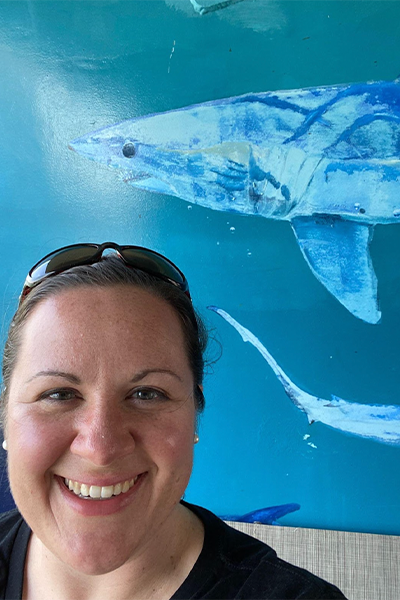
Hi Kara. Can you tell us a little bit about your job?
I teach Biology & Marine Ecology. It’s my goal to make it as relevant and as interesting as possible for my students.
How and when did you first hear of OCEARCH?
I first heard of OCEARCH in 2014 via a science article online. There were only FOUR western North Atlantic white sharks (Mary Lee, Genie, Lydia, Katharine) tagged at that time!
How have you worked with OCEARCH?
It has been fun to grow my passion about the ocean and its animals from the classroom into now being an Education Ambassador. I started off using the OCEARCH shark tracker as an inquiry-based activity. I’ve also gotten to create content for teachers to use more readily in their classrooms, like the high school 2023 Expedition Northbound and 2022 Expedition Southbound packets (available under ‘Expedition STEM activities’ in each of those pages). Following on from that, I’ve now created several labs and assignments using the research from the STEM expedition packets. Right now, I’m helping OCEARCH with a social media activity for kids of all ages attending OCEARCH STEM camps (more info on our camps coming soon!). The idea is to get them to tweet fun, factual content from a shark’s Twitter account!
How have your students responded to the OCEARCH content?
They seem to really enjoy the labs and activities, especially projects using the OCEARCH Global Shark Tracker™. My students will continue to track the sharks they researched and even follow them on Twitter past the project deadline. I actually have students keeping me up to date on their sharks until the end of the semester!
Why is it important to teach kids about the ocean and its wildlife?
I think it’s really important because lots of kids (and adults) adopt this “out of sight, out of mind” mentality with regards to the ocean. The reality is we have an impact on the ocean on a daily basis. I think it’s important to get kids interested and excited about the ocean, then they will be more likely to protect and conserve it in the future.
What would you say to other educators about the OCEARCH curriculum?
The OCEARCH curriculum and STEM expedition packets can be easily implemented
into your classroom. The activities are designed so that you can implement them
immediately into your classroom without having to heavily modify them.
Kara’s dedication to bringing marine education into her classroom has ignited her students’ curiosity and enthusiasm for the ocean and its wildlife. Working with OCEARCH, Kara has been able to create engaging lessons and activities that leave a lasting impression on her students.
If you’re an educator interested in incorporating our research into your classroom, don’t hesitate to reach out to our education team at education@ocearch.org. Together, we can inspire the next generation of ocean advocates and conservationists.
This Blog Post and Interview were produced by Christina Cromeyer Dieke.



